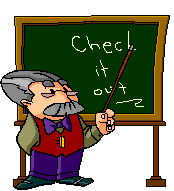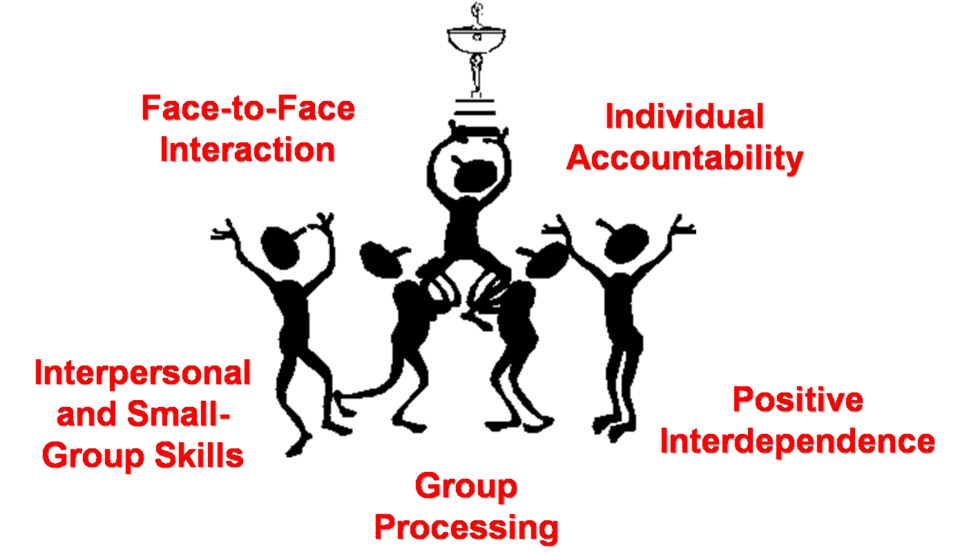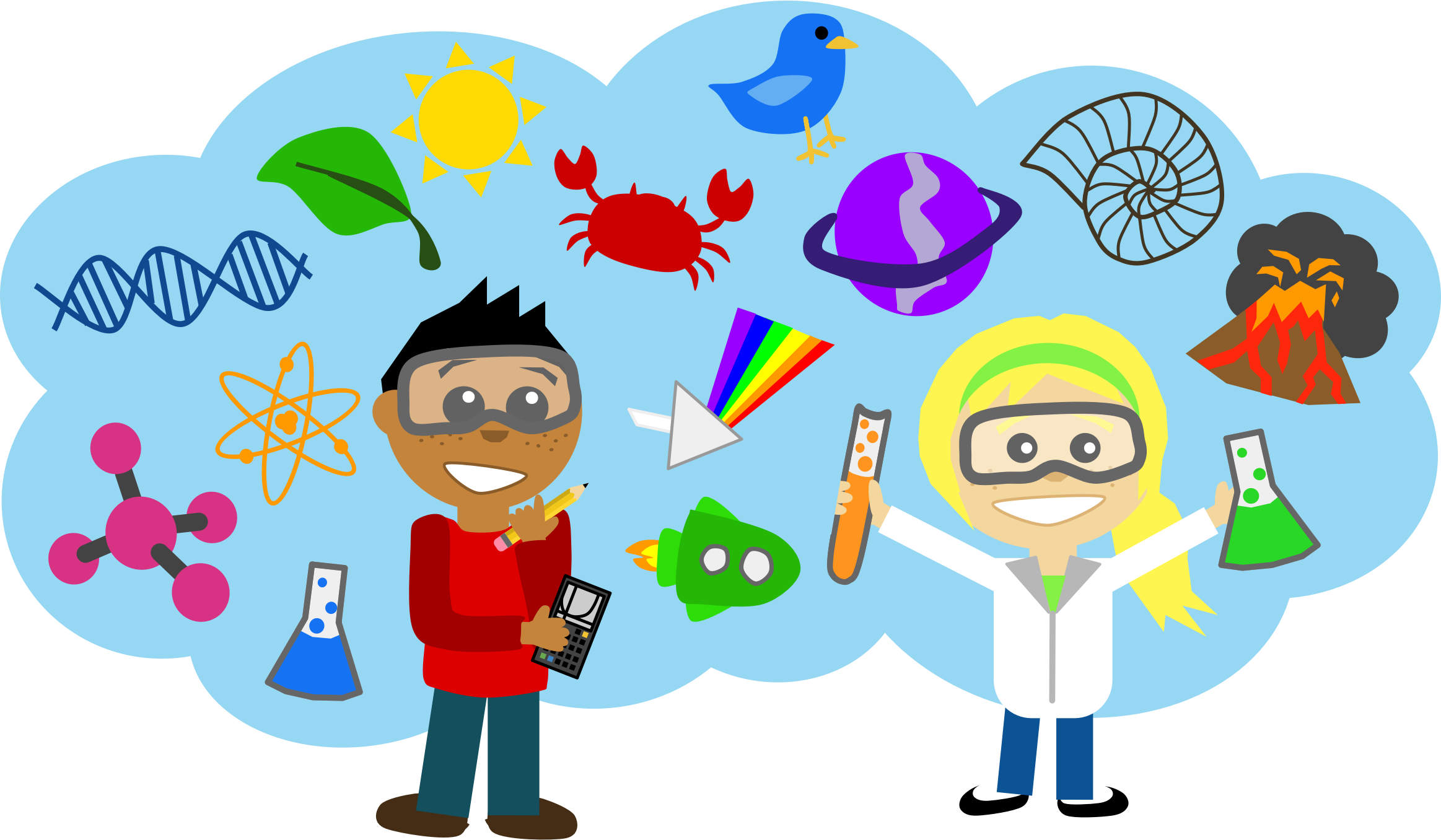This was our first day of class due to the amount of snow we've had. Our class was held in the science lab at Bishop Dunn Memorial School. When we had arrived, I was able to finally put a face to all the names in our class considering they have been held online. All the students then came in and they all seemed excited to be there which then made me even more excited. They sat next to their friends and became acquainted with the room.
Before the class had started, we had to design a getting to know you activity to complete with the students. In my group, we decided to make a rain cloud filled with questions for the students to answer on the rain droplets. The students were excited to answer the questions and even share their answers. Many of them we found out liked Science and Math to be their favorite subject. We also got to learn all the students names and what they know about weather.
After we answered the questions, we also completed a cloud-in-a-bottle activity. For this activity, you fill up a mason jar with water and then pour shaving cream on top of the water. Once the shaving cream is on top, you pour the blue dye through the shaving cream and it eventually looks like rain. The students were extremely fascinated to see and learn about what happens to the cloud. The students did not know very well why rain comes out of a cloud, so we explained it to them as the dye was moving through. Once the activities were completed, we gathered around and talked about what we learned that day, Everyone took turns and shared ideas along with likes and dislikes about the day. After the students shared, they left and the teacher candidates spoke about how the day went and what the schedule will be like for the remainder of the semester. All in all, it was a great first day!
















